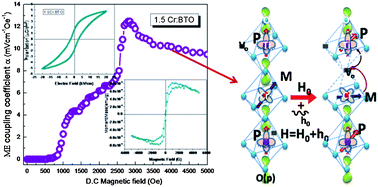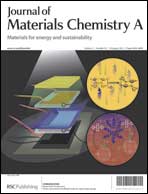Induced magnetism and magnetoelectric coupling in ferroelectric BaTiO3 by Cr-doping synthesized by a facile chemical route
Abstract
Pure phase barium titanate (BTO) and Cr doped BTO have been synthesized by a facile single step metal–organic decomposition (


 Please wait while we load your content...
Please wait while we load your content...